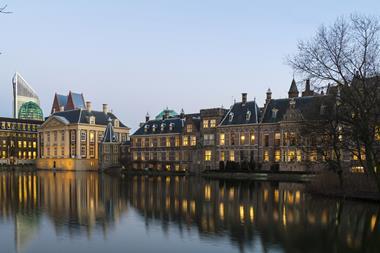The combined assets of Dutch pension funds increased by 10% to €1.27trn last year, according to statistics published by supervisor De Nederlandsche Bank (DNB).
However, the figures also made clear that the total funding shortfall has also risen, with the five largest schemes having a combined funding gap of €214bn.
At year-end, the “policy coverage” – the average funding ratio over the previous 12 months, and the main criterion for indexation and rights cuts – was 97% on average, seven percentage points less than in 2015, said DNB.
However, in the wake of rising interest rates and improving equity markets, the average funding ratio subsequently rose to 99% at the end of February, according to Mercer and Aon Hewitt.
DNB’s statistics reveal large funding differences between individual schemes, with the occupational scheme for midwives having a policy coverage of just 82.1%. In contrast, the pension fund of shipping firm HAL enjoyed a funding of 170.4% at the end of 2016.
The HAL scheme was among five pension funds with a funding ratio exceeding 130%.
The DNB data also showed that 71% of workers were accruing a pension in an underfunded scheme.
Of the five largest schemes, BpfBOUW, the €54bn pension fund for the building sector, is the only one meeting the minimum required coverage of 105%.
The prescribed financial reserves for Dutch pension funds, however, roughly equated to a coverage ratio of 125%.
The funding gap of the €382bn civil service pension fund ABP, which reported a policy funding of 91.7% at year-end, amounted to €123bn at year-end.
Despite the shortfalls, earlier this year consultancies in the Netherlands said fewer schemes would be forced to cut payouts to pensioners than was predicted in 2016.











No comments yet